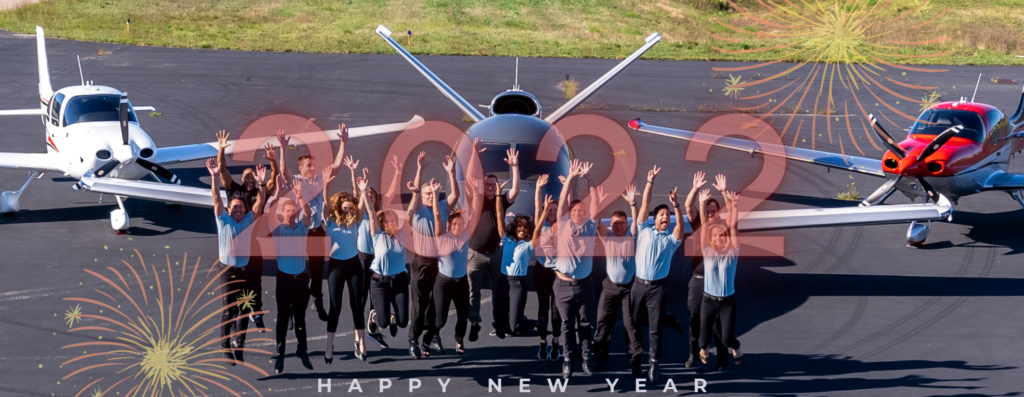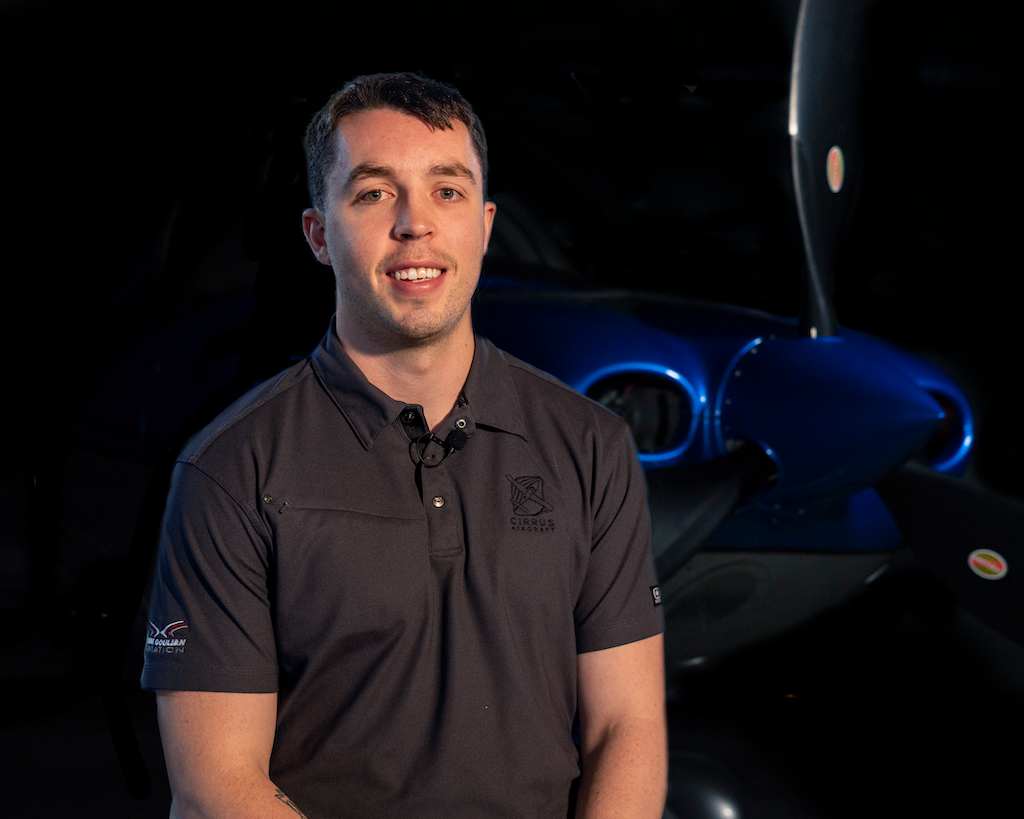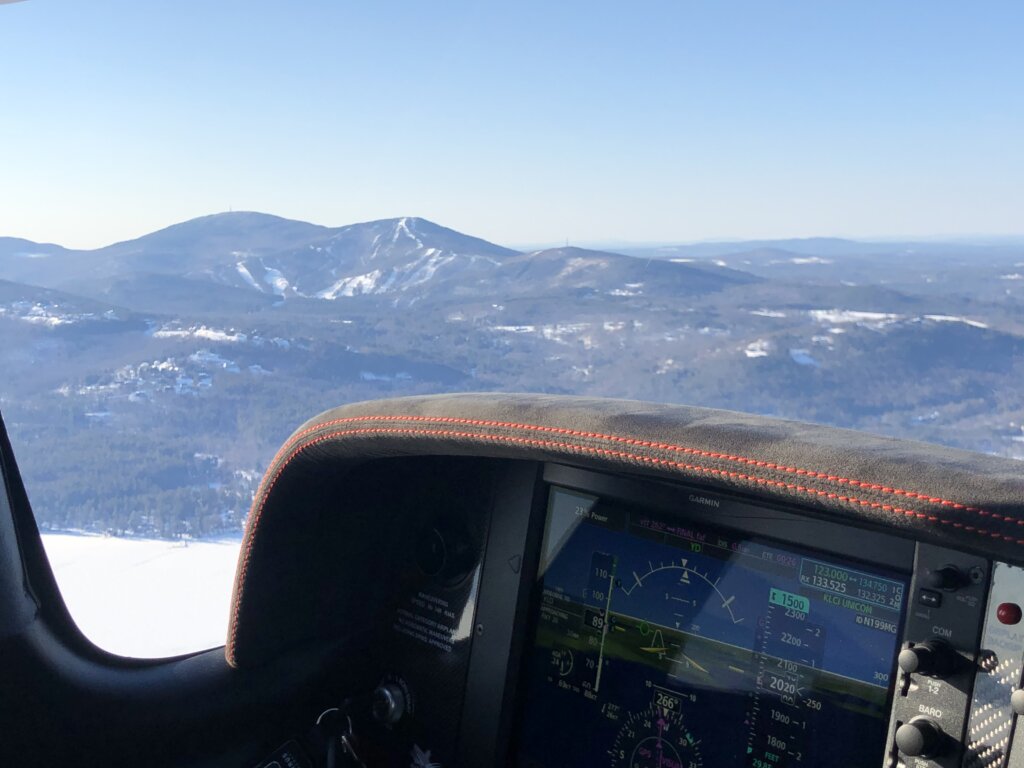December 2021: Updated Insurance, IFR APP Tip & More
HAPPY NEW YEAR FROM MGAV

The MGAV team wishes you a Happy Holiday Season! We have some exciting things happening to ring in 2022!
First and foremost, our insurance requirements are changing for the better, allowing us to have more flexibility of use in our SR22 fleet. Here are some of the major changes happening in terms of SR22 use and insurance:
- Private pilot training is now allowed in the SR22, dual instruction only.
- Can offer VFR checkouts in the SR22 for private pilots with 200 Hrs total time OR 100 Hrs total time if PPL training and check ride was in SR22.
- Can offer rentals to IFR pilots with 200 Hrs total time.
Please refer to our insurance information page here to read the full review on our updated policy. If you have any questions at all, please feel free to contact us at [email protected] or give us a call at (508) 591-0889.
We look forward to what 2022 has to bring!
Holiday Schedule: We will be closed on New Years Day. If you are planning a trip around that time, please feel free to book a multi-day rental that starts before the holiday and ends afterwards. We won’t be able to offer any logistical support for flights on New Years Day. Any questions? Just give us a call!
Pro-Tip of the Month
by
CSIP Instructor Greg Walton
Avionics and Autopilot Sequencing
During IFR Approaches

Technically Advanced Aircraft have brought an amazing amount of sophisticated technology into the cockpits of our Cirrus airplanes. There’s an incredible amount of capability in our Garmin G1000 systems but it does take some effort to stay proficient. One topic that seems to create some confusion is how to properly sequence an instrument approach in a flight plan, and how to program the autopilot and flight director command bars. In this tip, we’re going to explore the proper way to sequence your avionics and hopefully develop more consistency in how to fly instrument approaches!
Click “Read More” to see all of Greg’s Pro Tip!

In-Focus: Taking care of your engine during the winter months!
Adequately heating your engine prior to cold weather starts and operating it carefully in extreme conditions can help avoid excessive engine wear.
Now that cold weather is upon us in New England, there are a few things you should consider before starting your Cirrus. Cold soaked engines, weak batteries, and improper priming procedures can leave you stuck on the ramp.
We recommend any time the OAT is below 50 degrees and your engine has not run that day, you should plug your Cirrus’ Tanis engine heater in for a few hours before engine start. This heats both the engine oil as well as the engine crankcase and cylinders.
Failure to preheat the cylinders may result in abnormal and excessive wear. Cylinders are primarily made of steel and the pistons are made of aluminum. As the aluminum pistons heat up, they expand faster than the steel cylinders, causing tighter than average tolerances and premature cylinder wear.
A cold battery doesn’t have the same cranking power as it normally would, causing your engine to turn slower when trying to start. Having the correct prime can help limit the amount of cranking your battery has to do.
The most important factor for starting your engine efficiently is the fuel / air mixture. The easiest part for us to control is how much fuel we are adding during prime. Be careful not to over prime (flood) the engine as you may not have the battery power to clear the engine from an over primed (flooded) condition.
Hopefully the engine starts without a hitch, however if it doesn’t, it’s important to remember the starter limits. The starter is limited to cranking for 10 seconds with a 20 second cooling period between attempts.
When flying in cold weather, there are many more things to consider. But hopefully, this will help you get started quickly and efficiently during the winter months.

